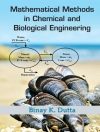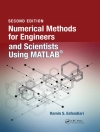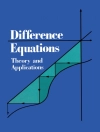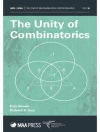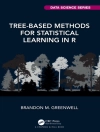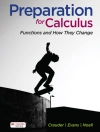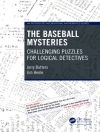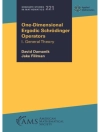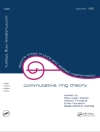Discrete Computational Structures describes discrete mathematical concepts that are important to computing, covering necessary mathematical fundamentals, computer representation of sets, graph theory, storage minimization, and bandwidth. The book also explains conceptual framework (Gorn trees, searching, subroutines) and directed graphs (flowcharts, critical paths, information network). The text discusses algebra particularly as it applies to concentrates on semigroups, groups, lattices, propositional calculus, including a new tabular method of Boolean function minimization. The text emphasizes combinatorics and probability. Examples show different techniques of the general process of enumerating objects. Combinatorics cover permutations, enumerators for combinations, Stirling numbers, cycle classes of permutations, partitions, and compositions. The book cites as example the interplay between discrete mathematics and computing using a system of distinct representatives (SDR) problem. The problem, originating from group theory, graph theory, and set theory can be worked out by the student with a network model involving computers to generate and analyze different scenarios. The book is intended for sophomore or junior level, corresponding to the course B3, "Introduction to Discrete Structures, " in the ACM Curriculum 68, as well as for mathematicians or professors of computer engineering and advanced mathematics.
Robert R. Korfhage
Discrete Computational Structures [PDF ebook]
Discrete Computational Structures [PDF ebook]
Buy this ebook and get 1 more FREE!
Language English ● Format PDF ● ISBN 9781483264295 ● Editor Werner Rheinboldt ● Publisher Elsevier Science ● Published 2014 ● Downloadable 3 times ● Currency EUR ● ID 5734793 ● Copy protection Adobe DRM
Requires a DRM capable ebook reader


